Whitney Biennale is an event for anyone interested in finding out what is happening in the art world today. This year’s 79th biennale edition will be curated by Jane Panetta and Rujeko Hockley and will feature 75 artists half of whom are women. It is an exhibition of contemporary American art, typically by young and lesser known artists on display at the Whitney Museum of American Art. The event began as an annual exhibition in 1932 and the first biennale was held in 1973.
Previous editions of the Whitney Biennale have been on the spotlight as far as art exhibitions are concerned. Criticism and controversy have been the order of most of them and people have had different opinions and reactions towards them. The exhibitions have been everything but “Calm” and “Pleasant,” rather they have carried on outrage and upset in its historical baggage. They have been seen to address issues like poverty, racism, homophobia and class lines and this seemed perhaps too much to take in.
Controversy and criticism for the Whitney Biennale dates way back; In 1944, when it was criticized for having too much “fantasy art,” and in 1946 it was said to be “overwhelmingly modernist” for including too much abstraction. In 1987, protests erupted after female artists accounted for only 24% of the program and in 1993, the Biennale was accused of being “too political.”
Despite America’s political upheaval and looming elections in 2020 and not forgetting the growing protest over a Whitney Trustee, this year’s biennale seems to be taking things a little slow and playing safe and calm In this year’s edition, resistance art is so little represented compared to the previous editions . The 79th edition is actually more of a “safe and beat around the kind of edition.
The protest over Whitney trustee, Warren Kanders, CEO of Safariland which sells teargas, batons and grenade even resulted to one artist Michael Rakowitz declining to show at this year’s Biennale.
The co-curators of this year’s biennale are presenting works of notable minds among them: Nicole Eisenman, a two-time Whitney Biennale artist, who presents an epic sculpture called “Procession”, a parade of migratory humanoids caught in the journey of possibly transporting a series of modernist-looking metal sculptures on plinths.
-

Nicole Eisenman’s sculpture; Photo Courtesy of the internet
Kenyan-born artist Wangechi Mutu, who shows a series of sculptures of the female form made from tree bark and clay which according to her is a though on “nature and our place in it.” Josh Kline, on the other hand shows LED-lit framed images of political locations and social media logos like the senate and twitter filling up with water among many other artists.
-

Wangechi Mutu female sculpture; Courtesy of the internet
The collective side of the exhibition is headlined by the Forensic Architecture, a group that made Triple Chaser, a video tracing the impact of Safariland’s grenades and teargas. In a film narrated by David Byrne, the artists have created an online monitoring system where computers can tarck teargas canisters in online photos.
-

Forensic Architecture Triple Chase; Courtesy of the internet
Nearly 75% of the participants of this year’s exhibition are young people yet to reach 40 years; the youngest artist Brooklynite Ilana celebrates her 28th birthday this year and Diane Simpson 84 years old and Barbara Hammer who is 80 years old are among the seniors. Five of the artists have already shown their works in previous biennales.
-

Josh Kline; Courtesy of the internet
Whitney Biennale 2019 is also characterized by geographical heritage with artists working across North America and the rest of the world including Rico, Mexico, Puerto, Thailand and Sweden. The Whitney show is generally regarded as one of the leading shows in the art world, often setting or leading trends in contemporary art. It has helped bring many artists to prominence.
When asked about their vision, the curators look to the past to understand the present. Hockley said “We hope and believe the show is topical and feels of its time. People will recognize what the artists are interested in but see their approach through a different lens, a sideways approach, an inversion away from the accepted way of seeing things. Art is different from journalism.” Panetta added, “It feels representative of the complexity of this moment.”
The 79th edition was nothing like what it has been in the past shows, given the political tensions that have been felt throughout the nation over the past two years. It might have been expected that the show would have been heated with political outrages but it isn’t. Politics are present but with few notable exceptions. The exhibition however continues to showcase the developments made in American Art.




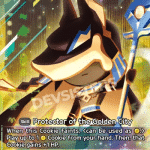

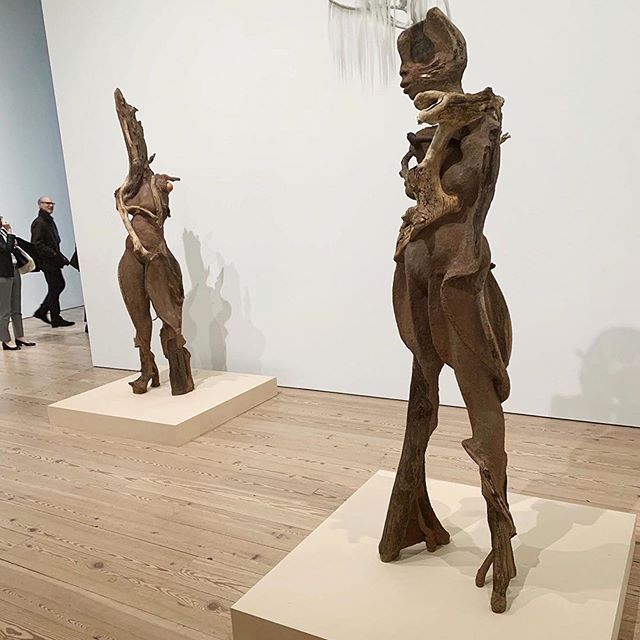
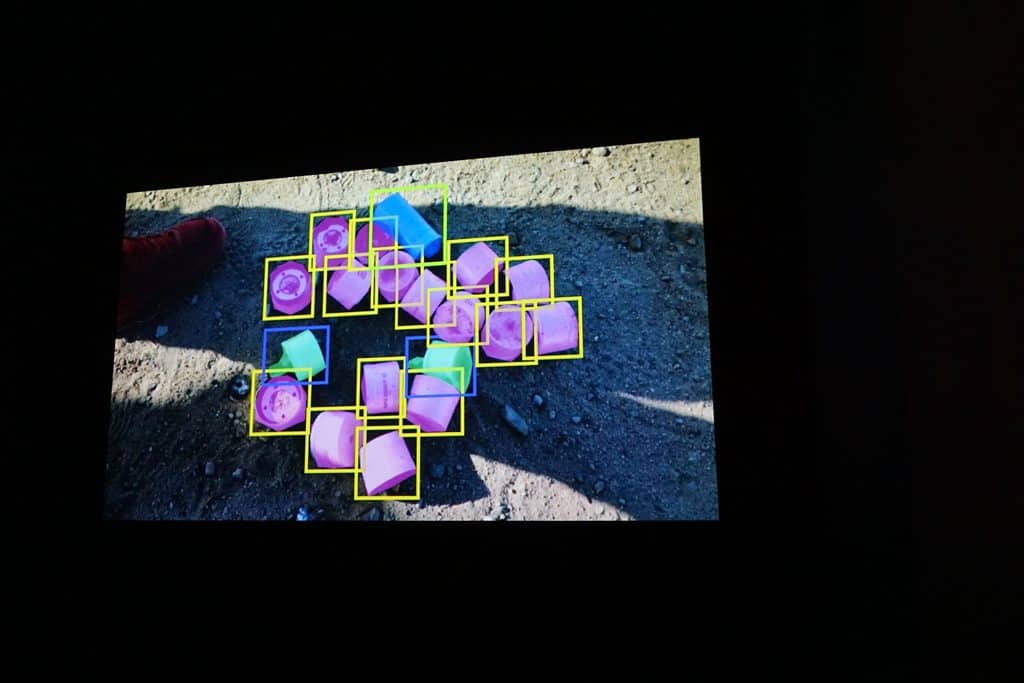
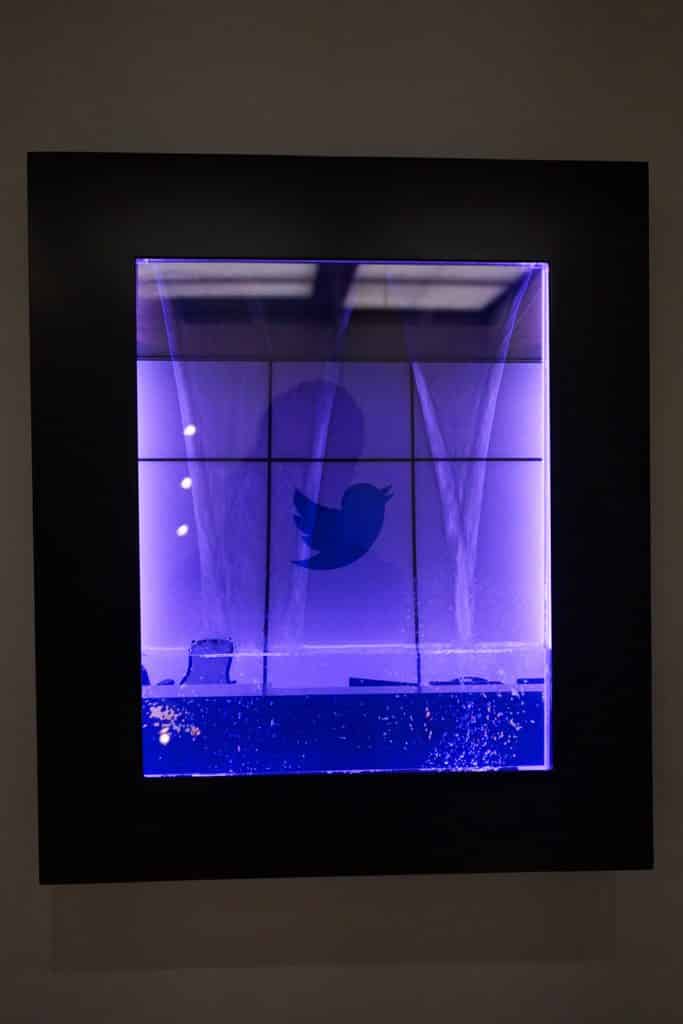
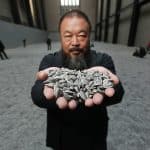





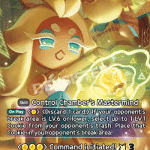
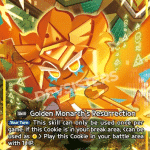
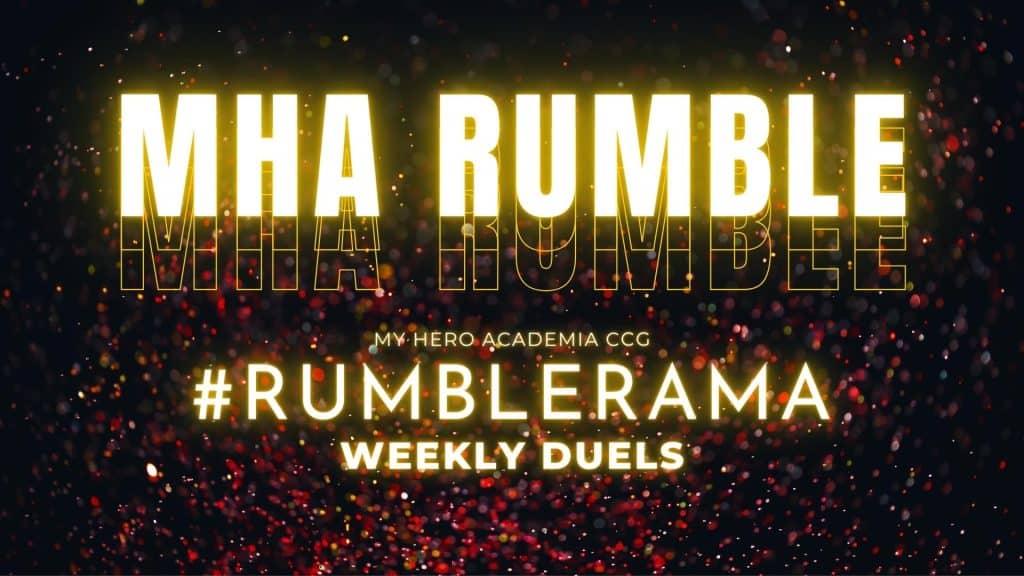
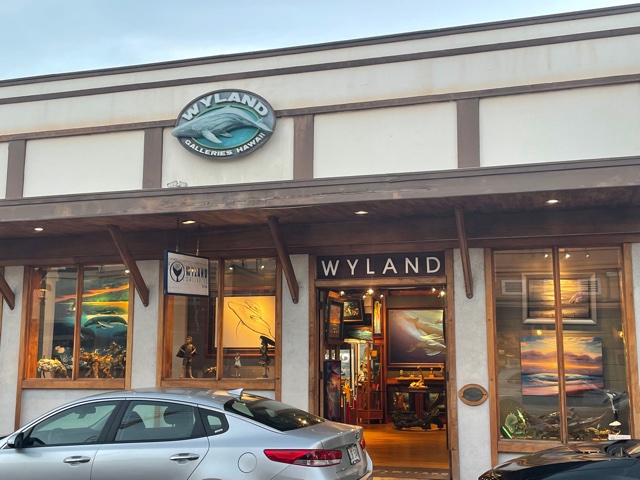



Leave a comment